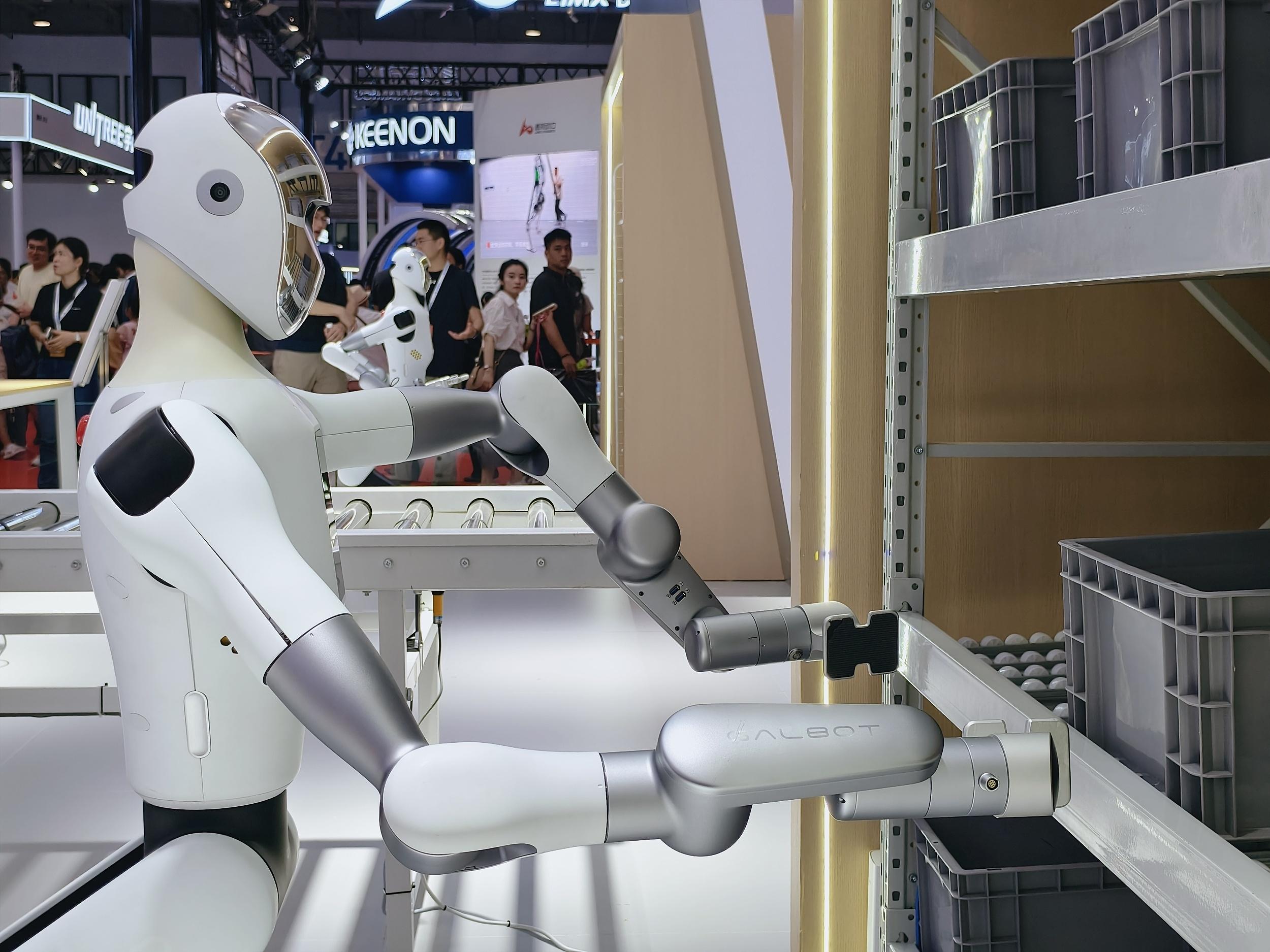Humanoid Bots at Key Development Stage

The innovative dance performance of humanoid robots in 2025 Spring Festival Gala received a wave of media attention from all over the world, as China moves ahead in the robotics development arena at breakneck speed.
Now, a research report from the China Academy of Information and Communications Technology (CAICT) says that humanoid robots are expected to become the new terminal after personal computers, smartphones and new energy vehicles, forming a trillion dollar market.
The humanoid robots sector has entered a key development period of technological breakthroughs and application tests. Its application scenarios in manufacturing, social services, special operations are continuously expanding, according to a report from CAICT.
Xu Xiaolan, president of the Chinese Institute of Electronics, said the effect of AI empowering robots is becoming more obvious. By tapping the application demand of humanoid robots in industries, agriculture, the service industry, special industries, domestic service and other fields, it can stimulate new consumption, generate new industries, and expand new employment.
A humanoid robot industry synergy is being formed, as provinces in China build platforms for the humanoid robot industry, and companies actively participate in the R&D of the robots.
Shanghai is building humanoid robot manufacturing innovation centers, while Anhui is establishing provincial innovation centers for the humanoid robot industry.
In China's capital, the Beijing Embodied Artificial Intelligence Robotics Innovation Center, or HUMANOID, includes more than 140 robot ecological enterprises with an output value of 10 billion RMB.
Despite the rapid development of the humanoid robot industry, there are still challenges that need solutions. Industry insiders say that humanoid robot companies need more financial support in research. In addition, the high cost of the hardware may increase the operating pressure of enterprises.
Deep integration of industry, university and research through policy guidance may help address the challenges. Jiao Jichao, vice president of UBTECH, suggests that building a bridge between technological innovation and industrial application could help form a healthy industrial ecosystem.
Meanwhile, the establishment of integration laboratories can help enterprises, universities and research institutions carry out technology research and development, and personnel training. It is also crucial to actively attract overseas talent and provide a better research environment.
(By WANG Manxi from Science and Technology Daily)






